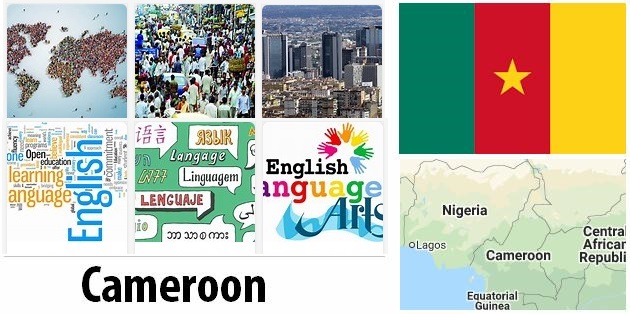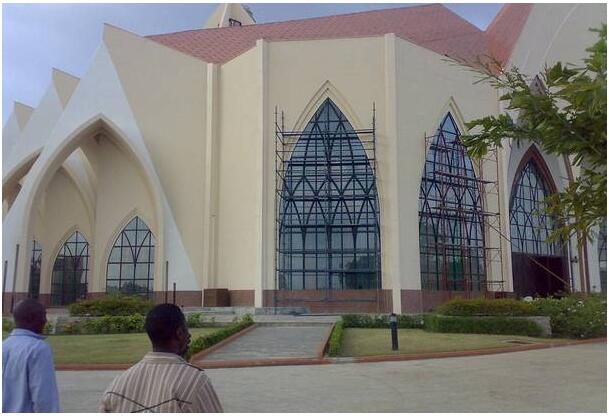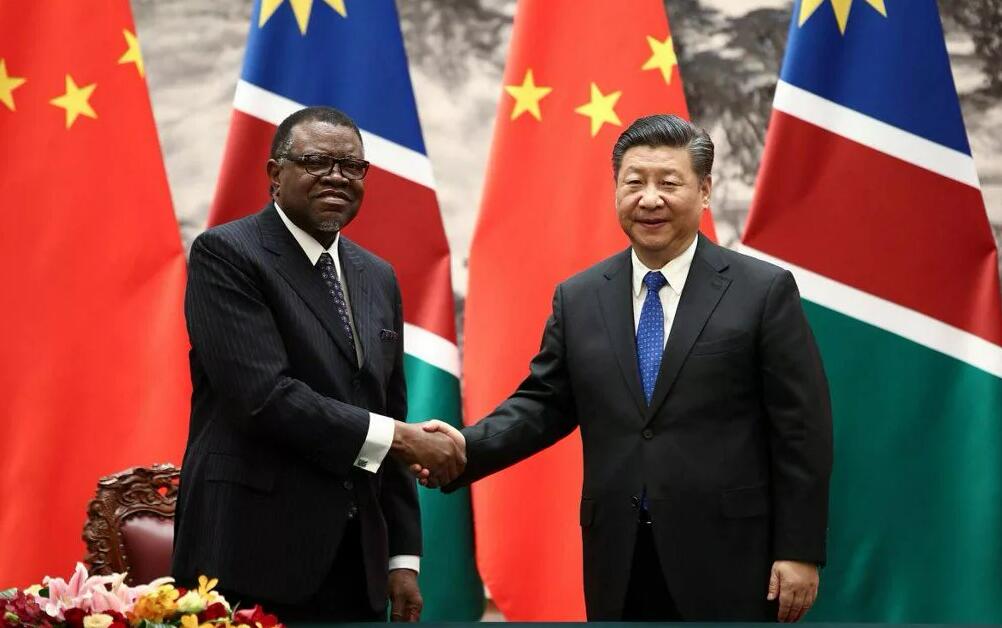Cameroon Population and Language
In Cameroon there are over 250 people groups, who speak about 270 different languages. The population is unevenly distributed over the country; the eastern parts are almost uninhabited. In the south and west, mostly Christian, European-influenced Cameroonians live, while the people in the north are mainly Muslims and animists who have often maintained a traditional way of life. Strong, sometimes violent, tensions exist between the country’s French and English speakers.
The indigenous people of Cameroon are probably the pygmy people behind, who still live in some parts of the rainforest in the south. Otherwise, the south is dominated by Bantu people such as fang, basa and douala. These include the Bulu and Béti people groups, which form President Paul Biya’s traditional power base (see Political system) and are overrepresented in the government and state administration.
- COUNTRYAAH.COM: Key populations estimated size and data of Cameroon, including population density of how many people per square mile. Also included are facts for population and language.
In the west there are a number of so-called semibantu people like bamiléké and bamoum. The largest is the bamiléké which has a great influence on the economic life of the capital Yaoundé and the coastal city of Douala.
Northern Cameroon is populated by, among other things, Muslim people such as Fulani and Chadarabas (choir Arabs). In northern and central Cameroon there are also Sudanese Adamawa-speaking people. Strong tensions, sometimes violent, occur between fulani and some of these people called kirdi (heathens) of fulani. It happens that members of fulani exploit people from kirdi as slaves. The pygmy people in the south are also sometimes forced to work for other groups, for example during harvest times.
Cameroon’s southern and western parts are more economically developed than the northern and eastern parts. The government is trying to reduce the socio-economic gaps through various initiatives.
There are also some 20,000 non-Africans in the country, mainly French.
Large refugee streams
Three quarters of the residents live on one third of the land area. Most people live there in the west, south and north while the eastern part of Cameroon is almost uninhabited. The urban population has more than doubled since the mid-1970s. More than half of the country’s residents now live in urban areas. Many rural residents who have moved live in shanty towns in the suburbs of cities. Population growth is high; just over two-fifths of the population is under 15 and only just over 3 percent are 65 or older.
Many Cameroonians go abroad, mainly to France, Gabon, Nigeria and the United States, in search of work. At the same time, Cameroon has welcomed immigrants, most of them refugees, from mainly Nigeria and the Central African Republic. The Islamist movement Boko Haram’s ravages in Nigeria since 2009 has caused Cameroon to now house over 100,000 refugees from there. The country also has about 275,000 refugees who have come as a result of civil war in the Central African Republic in 2012–2015. These refugees live mainly in camps in eastern Cameroon.
Boko Haram’s attacks on targets in northern Cameroon in recent years have also caused over a quarter of a million residents to flee inland. A separatist uprising among English-speakers in the Northeast and Northeast has created 530,000 internal refugees since autumn 2017.
The presence of refugees has increased the pressure on grazing land and arable land and has led to conflicts with the local population.
Language and separatism
There are about 270 languages spoken in Cameroon. The largest among the indigenous languages are beti, ewondo and full. Cameroon is the only African country where both French and English are official languages. About four-fifths of the population has, at least officially, French as a second language, the others have English. English dominates in the northwest and southwest. The two English-speaking parts make up about a tenth of the country’s area.
There is a conflict between the English-speaking and the French-speaking part, which dates back to 1972 when the federation between the former British Cameroon and the Republic of Cameroon was replaced by a single state (see Modern History). The English speakers consider themselves marginalized and discriminated against. They are critical that French is the dominant language in the state administration and accuse the French-dominated government of disadvantaging the English-speaking parts. Since the fall of 2017, dissatisfaction has triggered a serious spiral of violence between English-speaking separatists and the government army (see Current policy).
The most widespread language in Cameroon is pidgin, a mixed English-language spoken by about half of the population and a minority of native speakers. Pidgin has now received competition from another mixed language, frananglais, which mixes French, English and pidgin. It is mainly children and young people who speak fran anglais, but it is also used by popular singers and musicians.
FACTS – POPULATION AND LANGUAGE
Population
the country houses over 250 people groups, the largest of which are bamiléké and fulani
Number of residents
24 053 727 (2017)
Number of residents per square kilometer
51 (2017)
Percentage of residents in the cities
55.8 percent (2017)
Nativity/birth
36.3 per 1000 residents (2016)
Mortality/mortality
10.1 per 1000 residents (2016)
Population growth
2.6 percent (2017)
Fertility rate
4.7 number of births per woman (2016)
Percentage of women
50.0 percent (2017)
Life expectancy
58 years (2016)
Life expectancy for women
59 years (2016)
Life expectancy for men
57 years (2016)
Language
French and English are official languages; otherwise, some 270 local languages are spoken.




